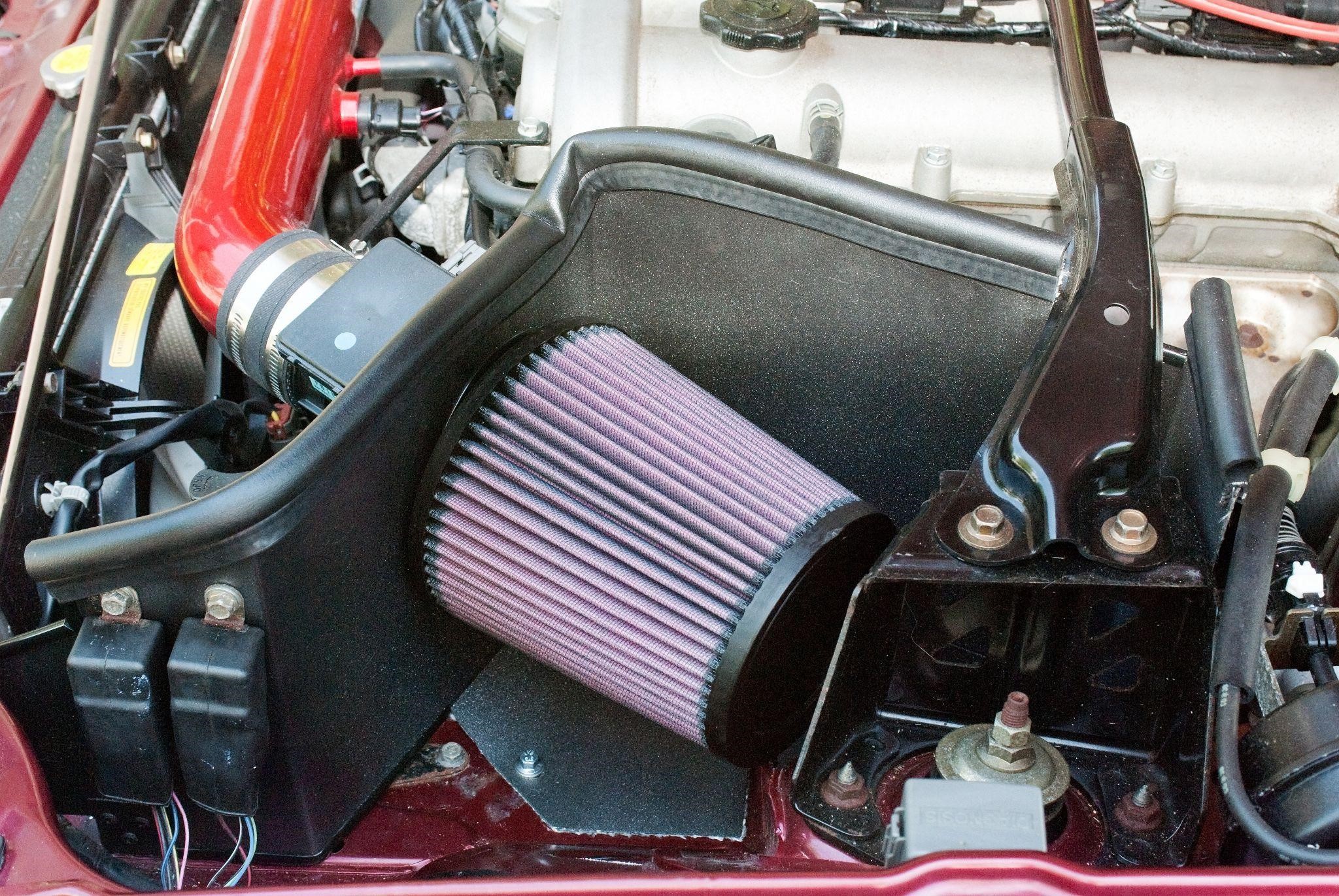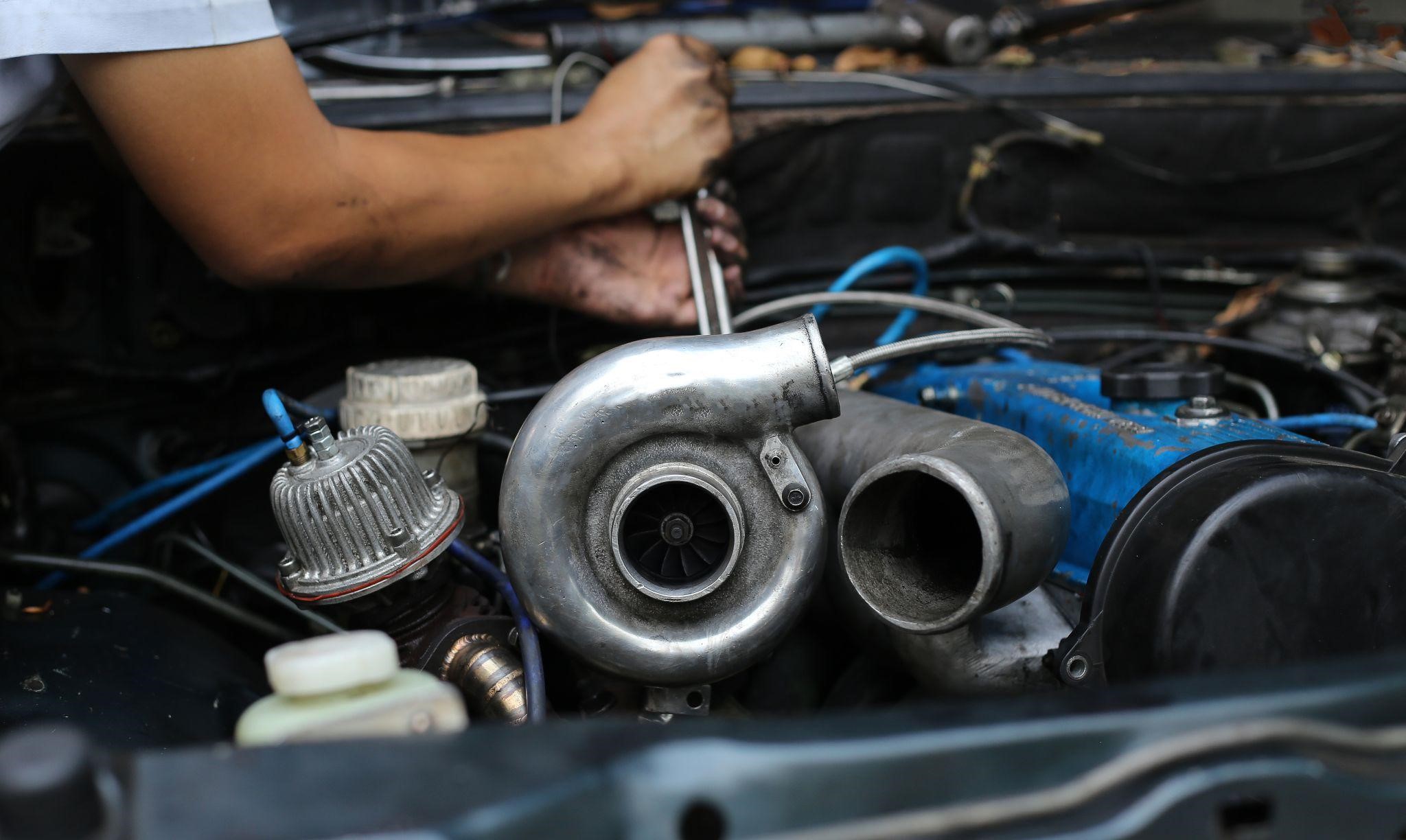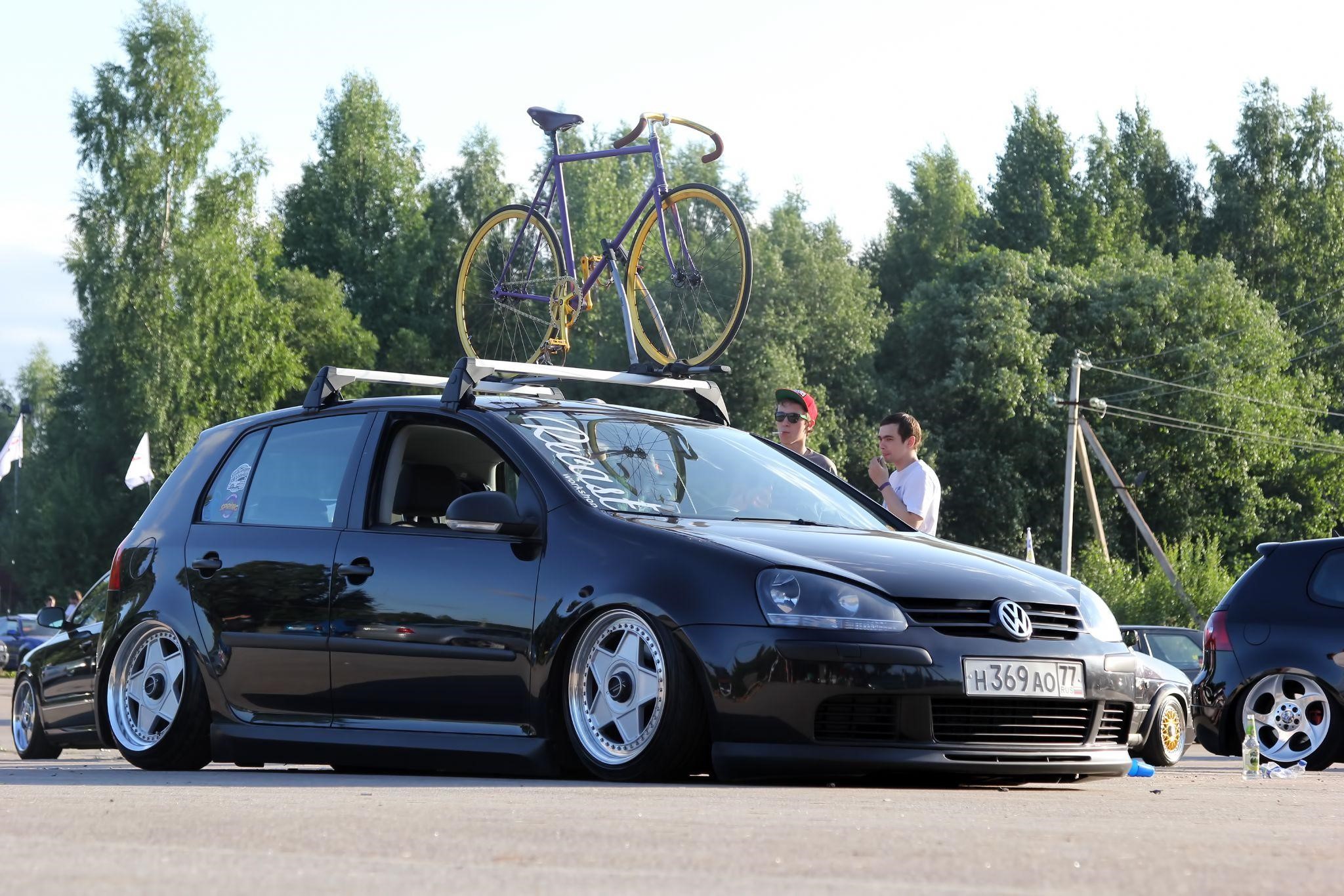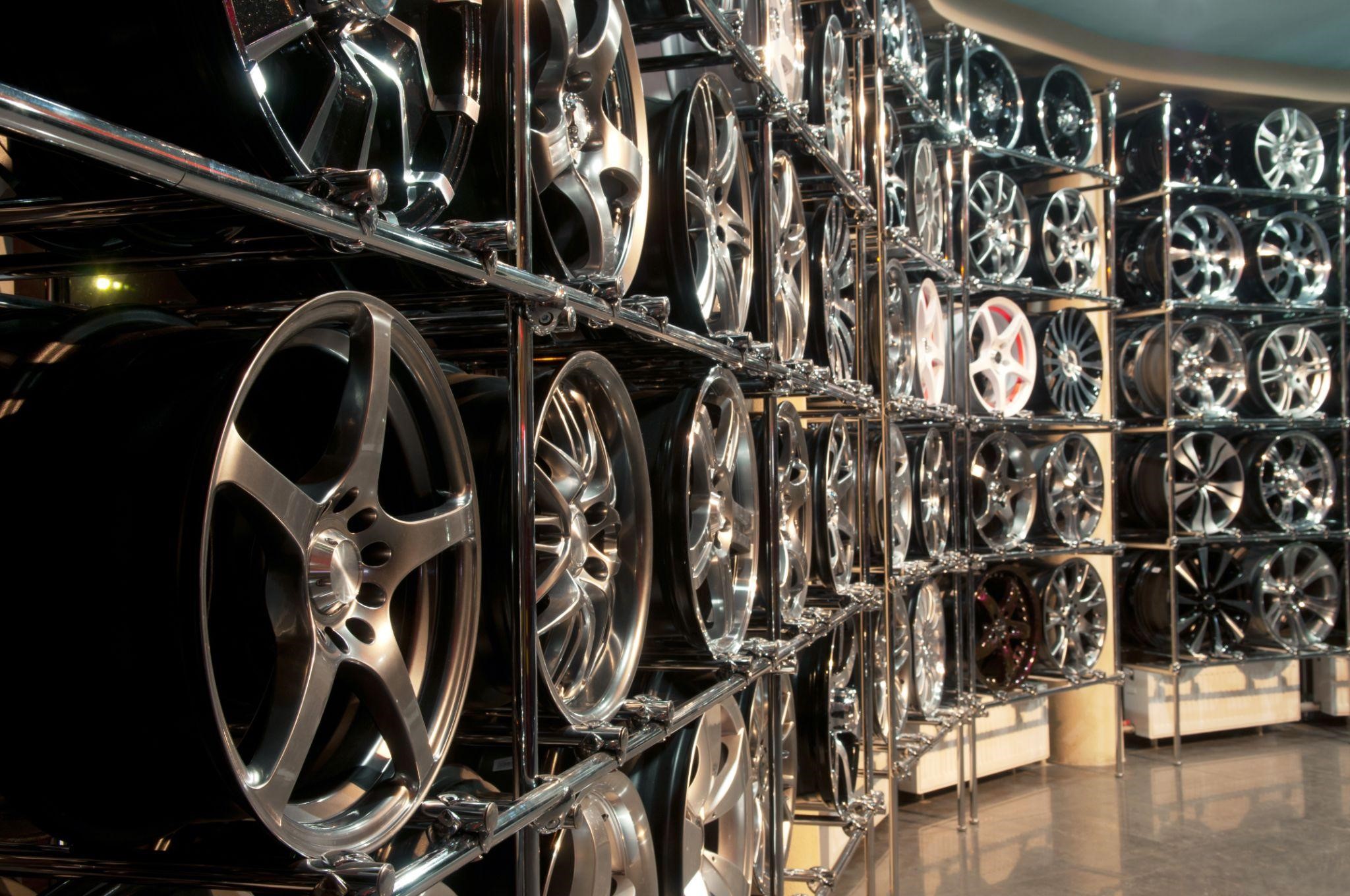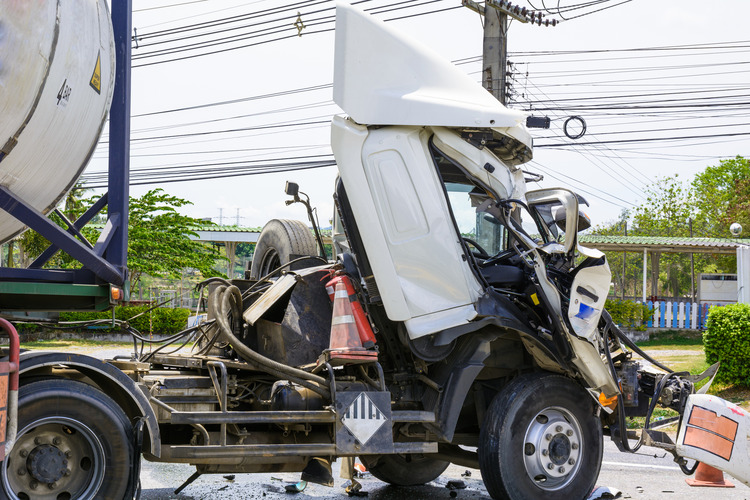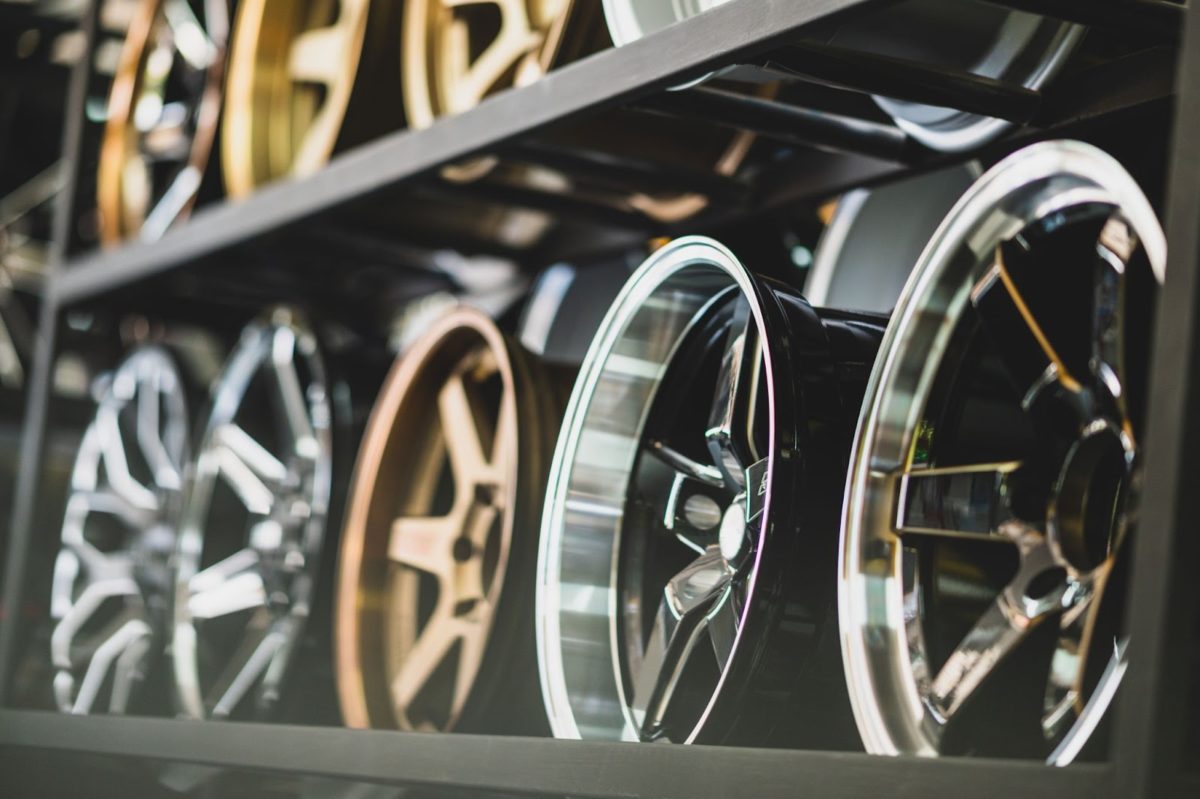
Aftermarket vehicle modifications can make your car look cool, but they come with a host of potential problems that could cause vehicle damage or bodily injury, especially when a part is not installed properly by the mechanic.
Common acts of negligence include failing to comply with safety standards, which are often not required in the case of aftermarket vehicles to the same extent that they are in “original equipment” vehicles. There’s also inadequate quality testing and other poor service practices.
If you have been injured in an automobile accident, a vehicle modification may be to blame. Most clients — and even many lawyers — never consider making an aftermarket or alteration defect claim. This post gives brief advice to help you determine (1) if your vehicle has been altered, and (2) if the alteration is to blame for your injury.
What is an aftermarket vehicle?
Most cars and trucks on the road are “original equipment” (OEM) vehicles. This means they were designed, manufactured, tested, and sold by a major automaker (GM, Ford, Toyota, Chrysler, etc.) and unaltered.
However, there are thousands of vehicles on the road that have been modified before being put into use. Examples of modified vehicles include:
Recreational Vehicles (RVs)
RVs are typically assembled without blueprints, engineers, or testing. Defects are commonly found in the fuel system, propane lines, and carbon monoxide exposure from generator exhaust.
Ambulances
Ambulances are supposed to keep us safe, but many are not designed to keep occupants safe in a crash. The “box” of the ambulance is not designed to protect occupants and, in one case we handled, was merely glued onto the vehicle.
Conversion Vans
Conversion vans are routinely modified without design drawings, blueprints, or testing. There may be defects in the fuel system, restraint system, seat back strength, and roof strength.
Limousines
Limousines are made by cutting apart an original vehicle and stretching it out. There may be suspension defects, fuel system defects, and failures of the occupant restraint systems.
Mobile Lifts
Our firm has litigated matters with significant injuries for people who operated mobile lifts on the job. These lifts are often not used for their intended purpose and are altered to do jobs that they weren’t designed for.
Mobile Cranes
The Occupational Safety and Health Administration (OSHA) has identified alteration of the hook lifting device, dropped loads due to operator error or modification, or cranes overturning based on instability as common causes of crane accidents.
Unlike the OEM manufacturers, aftermarket vehicle manufacturers may not be required to comply with the Federal Motor Vehicle Safety Standards (FMVSS).
Our firm has successfully litigated aftermarket defect claims from coast to coast. Each summer we see a rise in accidents involving aftermarket vehicles, especially an uptick in recreational vehicles, as this is the time of the year where people hit the highways.
Top 10 Aftermarket Vehicle Defects
-
-
1. Cold Air Intakes
-
Manufacturers and mechanics often claim that cold air intakes will boost your engine’s performance, but the cost may far outweigh the actual benefit. They may also claim that the benefit of installing a cold air intake is that it comes with reusable filters.
However, that benefit can quickly turn into a disadvantage. Washable filters collect more dust, clog more easily, and often cause failed emissions tests and mass airflow sensors. Not to mention, you’re never guaranteed a high-quality aftermarket cold air intake.
At Langdon & Emison, we’ve seen cold air intake installers ignore basic engineering practices meant to keep drivers safe.
-
-
2. Performance Mufflers and Exhaust Systems
-
According to auto-tuning and parts sales website Vivid Racing, the goal of a performance exhaust is to de-restrict airflow and increase engine output. In other words, an aftermarket performance exhaust system helps the engine “breathe” easier and generate more power – at least, that’s the claim.
In reality, a louder engine does not necessarily mean it’s more powerful. There are plenty of risks associated with aftermarket performance mufflers and exhaust systems, and there’s a debate of whether these modifications do anything at all besides burning valves.
According to ExhaustVideos.com, cheap aftermarket mufflers are essentially straight pipes filled with cheap fiberglass. When the muffler gets hot, the fiberglass stuffing starts to melt, eventually breaks free, and obstructs the muffler, stealing power from the engine.
-
-
3. Superchargers or Turbochargers
-
Belt-driven superchargers operate whenever the engine is running, while turbochargers are driven by the exhaust gases generated by the engine as it builds revs. Because turbochargers cause less power-leaching than superchargers, they’re becoming increasingly popular among vehicle enthusiasts.
But with popularity comes market saturation, and with market saturation comes false advertising and pseudo-products. Kristoffer Martin of hotcars.com says that many so-called turbochargers sold online are anything but. He says he’s seen vendors sell everything from bilge pump fans to cheap dryer units, claiming the products are performance-enhancing electric turbochargers.
Improper installation or defective parts can cause massive damage to your engine. Turbochargers cause a more violent explosion within the engine’s combustion chambers, and the vehicle’s valves, pistons, and other components may not be able to handle the extra power.
-
-
4. Wheels, Rims, and Tires
-
According to Blackburn Wheels, most aftermarket wheels are manufactured overseas, meaning they can avoid the safety or performance requirements that the OEM had to follow. Aftermarket manufacturers just want the wheel to look like the OEM version; that doesn’t mean they’re concerned with its durability or safety.
Putting poorly engineered aftermarket wheels on your car can cause significant problems with the suspension, wheel bearings, and brakes, causing costly repairs.
Aftermarket tires can wreak havoc on your vehicle. Because most tires are tuned for a specific vehicle, problems with steering, ride, and handling can crop up when OEM tires are switched out for aftermarket tires. Your car could even take longer to brake and have your tires more easily damaged by potholes and curbs.
-
-
5. Suspension
-
Lowering vehicle suspension is popular among drag racers and car enthusiasts due to improved aerodynamics, handling and traction, and reduced risk of rollover. However, the risks far outweigh the benefits, even in drag racing, which essentially requires vehicles to have lowered suspension.
Vehicle suspension is fairly complex and includes several parts, including springs, shocks, shock absorbers, dampers, and struts. Any defective product can damage the system and potentially cause injury.
Lowered suspension can also cause unevenness in tire wear. Even more dangerous, improperly installed suspension can cause problems to the anti-lock brake system, tire sidewalls, and more.
-
-
6. Fuel Tank Selector Valves
-
Car parts that carry or combust fuel are extremely dangerous, and serious injury or death can occur if fuel tank selector valves are installed alongside incompatible materials such as plastic fuel lines.
For example, in the 2005 case of Stoneridge v. Mata, the defendant (Stoneridge, an engineering and manufacturing company) was found responsible for causing a fuel-fed fire in a truck that led to the plaintiff’s death.
The quick-connect fittings on the plaintiff’s truck wouldn’t attach to the Stoneridge aftermarket valve. The only way to install the valve and connect it to the existing fuel lines was to cut the plastic lines and attach a rubber hose. Stoneridge was negligent because they failed to market the valve with a warning against installing it in a vehicle equipped with plastic fuel lines.
Manufacturers and aftermarket installers have a responsibility to market their products accurately and safely. When they do not, they must be held responsible.
-
-
7. Catalytic Converters
-
Through a series of chemical reactions, catalytic converters change harmful gasses in a car’s exhaust (carbon monoxide, nitrous oxide, nitrogen dioxide, hydrocarbons, etc.) into less harmful gasses like carbon dioxide and water vapor.
As its steep price reflects, the catalytic converter is arguably the most important component of the exhaust system. Some people purchase aftermarket catalytic converters to save money – often hundreds or even thousands – but there’s a reason why these aftermarket parts are so much cheaper. Aftermarket converters have been used before, so they are much more prone to wear-and-tear and damage, especially if installed incorrectly.
A defective catalytic converter can cause damage to the emissions system, which can end up being deadly.
-
-
8. Scissor Doors
-
It seems like all high-profile people with money to spend have scissor doors installed on their vehicles. These doors may look cool, but if designed or installed incorrectly, they can cause massive financial damage or even serious injury.
According to hotcars.com, key safety issues of scissor doors include opening the door after a rollover or other type of accident, fitting issues that can lead to the door opening when driving or not locking correctly, and hydraulic lift failure.
Not only would it be terrifying to be trapped in your car because the doors won’t open, but you could face severe injury or death.
-
-
9. Spinner Rims
-
Spinner rims (also known as “spinning wheels”) aren’t as popular now as they were in the early 2000s and 2010s, but they remain relatively common. Spinner rims have an independent cover and roller bearings that allow the wheel to rotate even while the car is stopped.
Spinner rims are expensive and are tied to a host of mechanical issues. They tend to break, clog with dirt and dust, and add extra weight to the wheels. When that extra weight is added to low-profile tires that offer low support to the car, the car’s balance and driving ability can be drastically reduced.
Spinner rims are also illegal in many places, so be wary of any mechanic who is more than willing to install these rims on your car. Worse, these rims often have sharp edges, a feature that becomes extremely dangerous if the rim is installed incorrectly and becomes detached. Suddenly, you could be on the wrong side of an injury or wrongful death lawsuit.
-
10. Lift Kits
Lift kits are expensive and come with plenty of risks that could cause vehicle damage or bodily injury. These kits place excess strain on the vehicle’s linkages, driveshafts, and engine, which ultimately reduces the performance of the vehicle.
Many people who install lift kits also install larger wheels, adding even greater strain on the components that give power to the wheels, ultimately putting greater strain on the engine.
Lift kits are popular but can cost you huge sums of money to repair if something breaks or is damaged. Although most lift kits are designed to be installed by the vehicle owner, it’s a better idea to have a professional install them. They’ll be able to identify any defects during installation.
However, you should also keep in mind that mechanics themselves are often the cause of defective installation.
Identifying the Aftermarket Defect
Litigating a case centered around this type of vehicle calls for highly specialized experts to analyze the potential defects. In our practice, we’ve engaged former Ford Motor Company design engineers, professors, and other industry experts around the country to identify design defects in the aftermarket modifications and alternative designs to keep occupants safe.
Experts are absolutely critical in developing and presenting detailed engineering testimony required to prove causation. They are also necessary to identify specific defective components, identify the mode of failure, and identify safer alternative designs.
To learn more about aftermarket vehicles and litigation trends related to them, consider reading our in-depth articles on the aftermarket arena:
- Emison, Brett. “‘Altered Reality’: Hidden Dangers of Modified Products and After-Market Components.” Illinois Trial Journal.
- Emison, Brett. “Get Educated: The Dangers of Aftermarket Vehicles.” The Safety Report.
- Emison, Brett. “Aftermarket Parts and Their Consequences in Litigation.” American Lawyer Media.
- Emison, J. Kent and Brett Emison. “Danger on the Open Road.” Trial. American Association for Justice.


